How to Accurately Name Chords on Guitar
The way to name chords on guitar can be a bit subjective, although the system that is taught in most universities and music schools revolves around whether the chord we are naming contains a 7th, and to a lesser extent, a third.
If a chord does not contain a 7th, then extensions are generally referred to by using the word ‘add’ in the name.
For example, a straight C major chord, (1 3 5) which has a 9th (D) note added to it will be named C add 9.
This name implies that there is no 7th included.
By contrast, if we took a C major 7th chord and added the 9th (D), the chord would be named C Major 9:
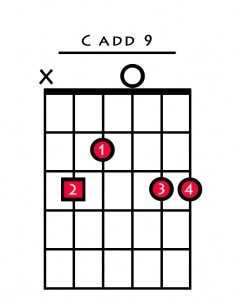
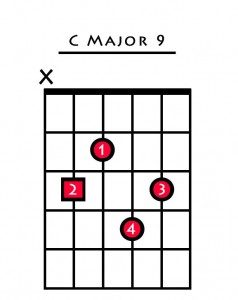
A G major chord (1 3 5) with the 6th (E) added is named G6 or ‘G Major 6’ whereas a G major 7th chord (1 3 5 7) with the 6th (13th) added is named Gmajor13:
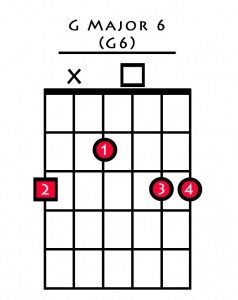
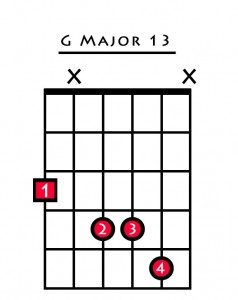
In the same way, any minor triad with the 9th added is named ‘minor add 9’ and a minor 7th chord with an added 9th is called minor 9:
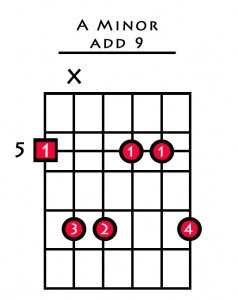
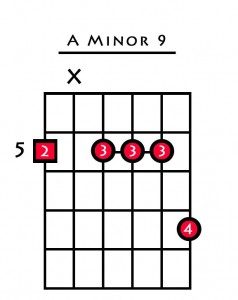
Dominant 7 chords must already contain the b7 note (1 3 5 b7) so extensions are simply named ‘9’ ‘11’ or ‘13’, although often when we start adding higher extensions, some notes are omitted from the lower part of the chord to avoid undesirable clashes.
The most common note to be dropped is the 5th, but sometimes, especially in an ‘11’ chord the important 3rd may even be dropped. This dropping of the 3rd is more common on the guitar than other instruments due to fingering restraints. It is normally more desirable to drop the 5th or even the root than the 3rd.
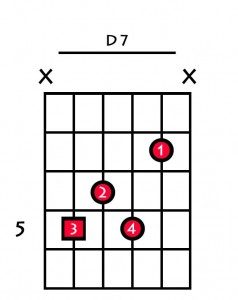
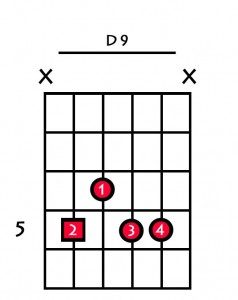
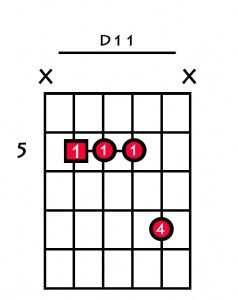
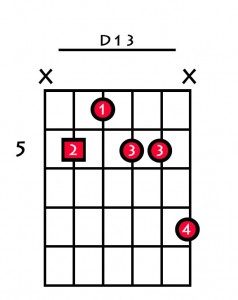
Remember the general rules:
If the 7th of a chord is included, then extensions are referred to as 9, 11 or 13.
If the 7th of a chord is not included, then extensions are referred to as ‘add 9’, ‘add 11’, or ‘6’.
Slight complications occur when the 3rd of a triad is replaced by a 2nd or 4th as you will see:
If we examine the chord of D major, we will see that the 3rd of the chord (F#) is played on the high E string:
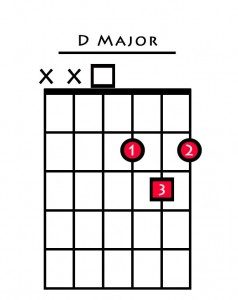
If we replace the note F# with either the 2nd or 4th note from the scale, the D chord is said to be suspended. A suspended chord does not contain a 3rd.
If we replace the F# with an E (2nd) we form the chord Dsus2, (1 2 5):
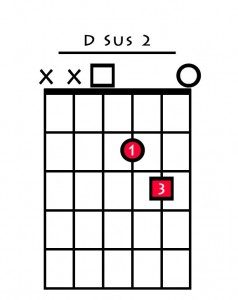
(The E is played on the open 1st string)
If we replace the F# with a G (4th) we form the chord Dsus4, (1 4 5)
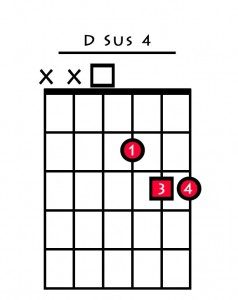
Because of the lack of a 3rd, these chords sound unresolved or ‘suspended’
Do you have any questions on this article? Let us know below!
“The artists you work with, and the quality of your work speaks for itself.”
Tommy Emmanuel
© Copyright Fundamental Changes Ltd 2024
No.6 The Pound, Ampney Crucis, England, GL7 5SA
